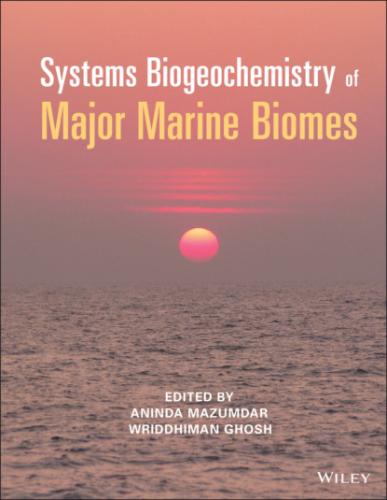1.5. BENTHIC BIOLOGY
Oxygen Minimum Zones, which impinge on sediments of continental margins, have a strong influence on the abundance, diversity, and composition of benthic fauna (Levin, 2003). Low bottom‐water DO concentrations limit O2 penetration into the sediment, which creates unfavorable conditions for most benthic organisms to thrive. The abundance and diversity of benthic macrofaunal communities within the OMZs are typically low, and only a few tolerant benthic species are known to survive in these regions (Levin and Gage, 1998). However, small organisms (microbes, metazoan meiofauna, and foraminifera) may have a higher density in OMZs because of the abundance of detrital food and the absence of predators (e.g. Levin et al., 1991; Neira et al., 2001, 2018).
If sulfide is present in the upper sedimentary layers of OMZs, it inhibits aerobic respiration and can also react with trace amounts of O2 to form hydrogen peroxide (H2O2), which can cause cell damage (Bernhard and Bowser, 2008). Many benthic organisms living in OMZ environments develop morphological adaptations to cope with the O2 limitation. Low O2 availability in OMZs leads to the prevalence of hypoxia‐tolerant fauna such as nematodes, polychaetes, and some calcareous foraminifera. Most calcifying invertebrates tend to disappear in suboxic environments. However, some exceptions, such as the snail Alia permodesta and the mussel Amygdallum politum, have thin shells in suboxic or anoxic sediments (Levin, 2003; Moffitt et al., 2015). Some of the other commonly observed adaptations in benthic fauna colonizing OMZs include an increase in gill surface area in some crustaceans and polychaetes (Levin, 2003), elongation of branchiae in polychaetes (Lamont and Gage, 2000; Levin et al., 2009, 2010), test flattening of some foraminiferal species, and reduced body size in metazoan macrofauna (Gooday et al., 2010).
The lower transition zones of OMZs, where O2 concentrations begin to increase, are often regions of intense benthic biological activity characterized by a dramatic change in the population density of several benthic species (Levin, 2003; Gooday et al., 2009), an observation commonly termed as the ‘edge effect’ (Mullins et al., 1985; Levin, 2003). A zonation of faunal communities across O2 gradients has been observed on OMZ‐impinged continental margins, indicating the existence of substantial O2 tolerance thresholds for different benthic biota. These gradients are formed as a result of the specific O2 tolerances of each species and potentially also the absence of larger predators (Levin, 2003). Seasonal changes in oxygenation have also been observed to cause a compositional change in benthic communities (e.g. Sellanes and Neira, 2006; Woulds et al., 2007; Gutiérrez et al., 2008).
Bioturbation (particle mixing) in OMZ sediments is generally diminished owing to the reduction in species diversity and body size of benthic fauna. This usually leads to the formation of a generation of laminated or varved sediments underlying OMZs (e.g. Levin et al., 2009; Schimmelmann et al., 2016). However, some gutless symbiont taxa are capable of bioturbating OMZ sediments (Levin, 2003). Bioturbation generally leads to the churning of organic matter and particles deeper into the deposit, contributing to carbon burial and can fuel sub‐seafloor microbial processes. Laminated anoxic sediments typically contribute less to nutrient recycling. Thus, more labile organic material remains unused (Levin and Gallo, 2019).
1.6. MICROBIAL METABOLISM IN THE MARINE OXYGEN MINIMUM ZONE WATER COLUMN AND SEDIMENT
Marine phototrophic and chemolithoautotrophic microorganisms produce massive quantities of organic compounds that, in conjunction with other inorganic compounds, go through intricate circuits of biogeochemical transformations involving a wide variety of consumers and decomposers. These chemoorganoheterotrophic microorganisms, in their turn, form and sequester an equally wide variety of dissolved and particulate matter in marine waters and sediments. These biogeochemical transformations and recycling networks are central to the productivity, biodiversity, ecological balance, and resourcefulness of the oceanic waters and sediments. However, major microbe‐assisted functional metabolic processes identified so far in the water column of OMZ, include oxidative‐reductive cycling of sulfur compounds, methanogenesis, and N transformations.
1.7. NITROGEN METABOLISM IN THE MARINE MARINE OXYGEN MINIMUM ZONE WATER COLUMN
Bilogical nitrogen fixation (BNF) is the process by which N2 is converted to NH3 and subsequently into biomass by N2‐fixing bacteria and
